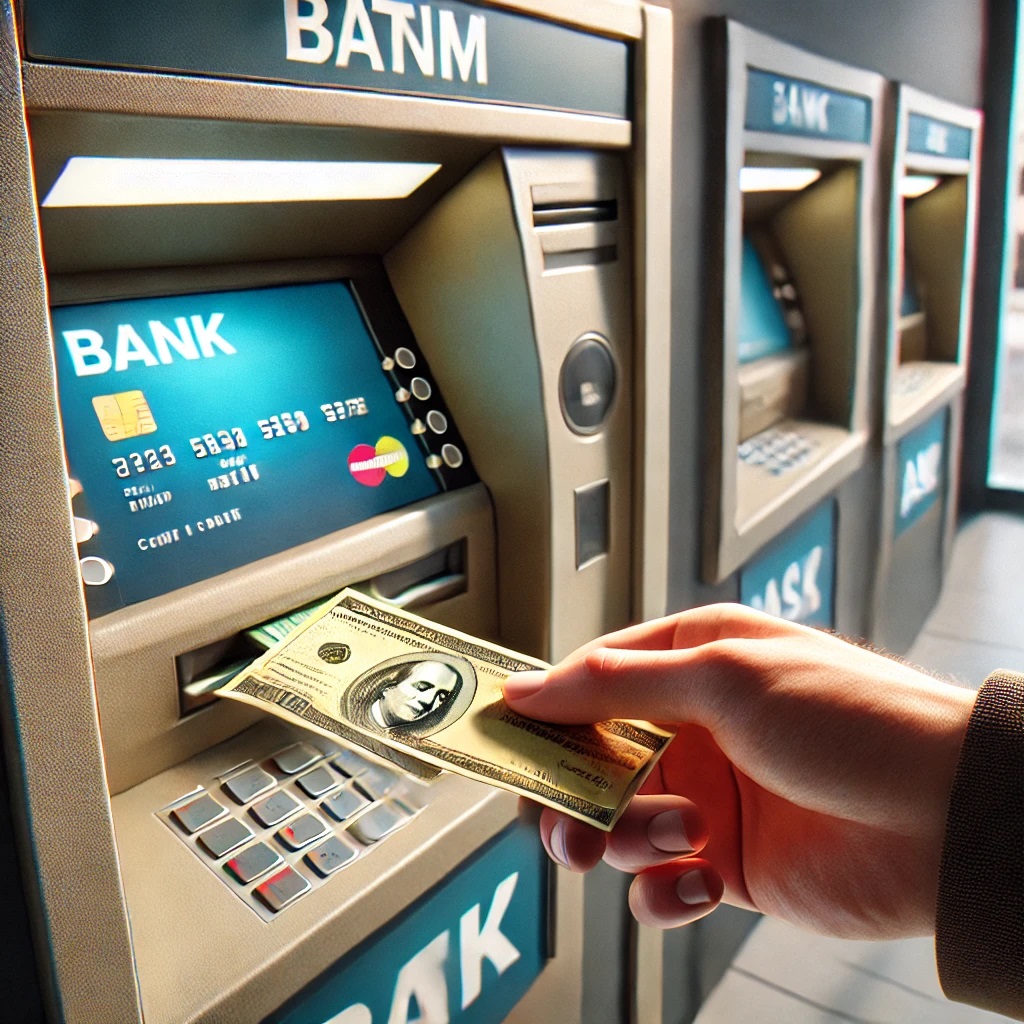Credit card debt can feel like a mountain that just keeps growing, but with the right strategy, you can knock it down faster than you think. Paying off your credit card debt isn’t just about paying more; it’s about paying smarter. In this guide, we’ll explore practical, efficient, and even fun ways to pay off credit card debt. Let’s dive in!
Table of Contents
- Understanding Credit Card Debt
- The Snowball vs. Avalanche Method
- Budgeting Made Easy
- Hidden Tricks to Save Money
- Leveraging Balance Transfer Cards
- Debt Consolidation Loans
- Side Hustles to Accelerate Payments
- How to Avoid Debt in the Future
- Common Credit Card Debt Mistakes
- Tools and Apps to Stay on Track
1. Understanding Credit Card Debt
Before we jump into the solutions, let’s quickly understand what credit card debt is and why it’s so expensive. Most credit cards charge interest rates between 15% and 25%. That means if you only make minimum payments, it can take decades to pay off even a small balance.
Here’s a quick illustration:
Imagine you have $5,000 in credit card debt at 18% interest and only make minimum payments. You could end up paying $10,000 or more just in interest. This is why it’s essential to attack your debt with an efficient strategy.
2. The Snowball vs. Avalanche Method
Two popular strategies to pay off debt are the Snowball Method and the Avalanche Method.
Snowball Method:
- List your debts from smallest to largest.
- Focus on paying off the smallest debt first while making minimum payments on others.
- Once the smallest debt is paid, move to the next one.
- The psychological boost from clearing a balance motivates you to keep going.
Avalanche Method:
- List your debts by interest rate, from highest to lowest.
- Pay off the highest-interest debt first, as it costs you the most.
- Continue down the list as you eliminate each balance.
Which is Better?
If you’re motivated by quick wins, the Snowball Method might work best. If you’re focused on saving the most money long-term, choose the Avalanche Method.

3. Budgeting Made Easy
No matter what strategy you choose, creating a realistic budget is key to paying off debt efficiently. Here’s how to make budgeting a little more fun and less intimidating:
Use the 50/30/20 Rule:
- 50% of your income goes to essentials like rent, utilities, and groceries.
- 30% can be for non-essentials, such as entertainment.
- 20% is reserved for savings and debt repayment.
Here’s a quick budgeting breakdown:
| Category | Percentage | Monthly Amount (if Income is $4,000) |
|---|---|---|
| Essentials | 50% | $2,000 |
| Non-Essentials | 30% | $1,200 |
| Debt & Savings | 20% | $800 |
Fun Tip: Make a game out of saving. Try cutting non-essentials by 5-10% for a month and see how much extra money you can throw at your debt.
4. Hidden Tricks to Save Money
Cancel Unused Subscriptions: You might be surprised at how much money is wasted on unused subscriptions. Look through your bank statements for services you forgot about and cancel them. That $15 here and $20 there can quickly add up.
Cashback Apps: Use cashback apps like Rakuten or Ibotta for everyday purchases. Redirect your cashback earnings to your debt payments.
Switch to a Lower Interest Rate: Some credit cards allow you to negotiate a lower interest rate, especially if you’ve been a good customer. This can save you hundreds over time.
5. Leveraging Balance Transfer Cards
A balance transfer card can give you a break from high-interest rates by offering 0% APR for an introductory period (usually 12-18 months). This allows you to focus on paying down the principal without interest.
Here are some tips:
- Only use balance transfers if you’re disciplined enough not to add new charges.
- Pay attention to balance transfer fees (typically 3-5%).
- Make sure to pay off the balance before the promotional period ends.
6. Debt Consolidation Loans
Debt consolidation loans can be another effective tool if you have multiple credit cards with high interest. These loans allow you to combine all your debts into one, often with a lower interest rate. Benefits include:
- Single Monthly Payment: Easier to manage.
- Lower Interest Rates: More of your payment goes to the principal.
- Faster Payoff: A shorter loan term can help you become debt-free quicker.
7. Side Hustles to Accelerate Payments
In today’s gig economy, there are countless opportunities to earn extra cash:
- Freelancing: Platforms like Upwork or Fiverr let you earn by offering your skills.
- Driving for Rideshare: Uber and Lyft can provide extra income on your schedule.
- Selling Items Online: Websites like eBay, Etsy, or Poshmark can turn unwanted items into cash.
- Tutoring or Teaching: Offer lessons in a subject you’re passionate about through platforms like Wyzant or Udemy.
Even an extra $300 a month can significantly reduce your debt repayment timeline.
8. How to Avoid Debt in the Future
Once you’re free of credit card debt, the goal is to stay debt-free. Here are a few rules to live by:
- Pay Your Balance in Full Each Month: Avoid interest by not carrying a balance.
- Use Credit Sparingly: Don’t use credit for things you can’t afford to pay off within a month.
- Emergency Fund: Build an emergency fund of at least 3-6 months’ worth of expenses so you don’t have to rely on credit during tough times.
9. Common Credit Card Debt Mistakes
Here are a few traps to avoid:
- Only Paying the Minimum: This is the slowest and most expensive way to pay off debt.
- Adding New Charges: Avoid accumulating new debt while paying off old debt.
- Ignoring Your Credit Report: Check your report for errors or signs of identity theft.
10. Tools and Apps to Stay on Track
Apps can be a huge help when it comes to staying organized and motivated on your debt-free journey.
Mint: Great for budgeting and tracking debt. You Need a Budget (YNAB): Helps you assign every dollar a job. Undebt.it: A free tool to create custom debt repayment plans.
Conclusion
Paying off credit card debt efficiently doesn’t have to be overwhelming. With the right strategy, budgeting, and tools, you can conquer your debt and feel empowered doing it. Start with small, manageable changes and watch your progress snowball!
Remember, the journey may take time, but the peace of mind you’ll gain is well worth the effort.



